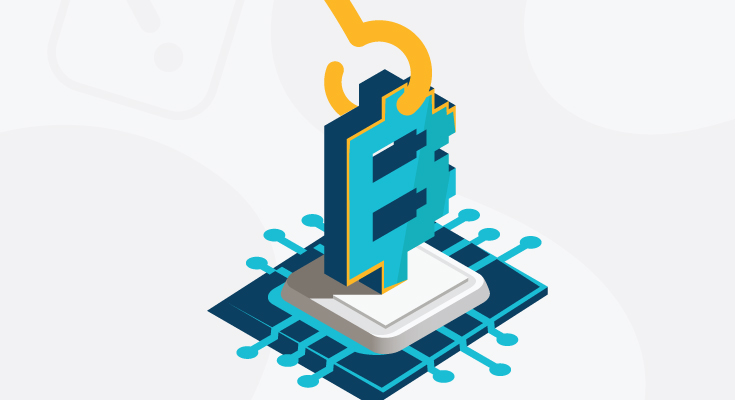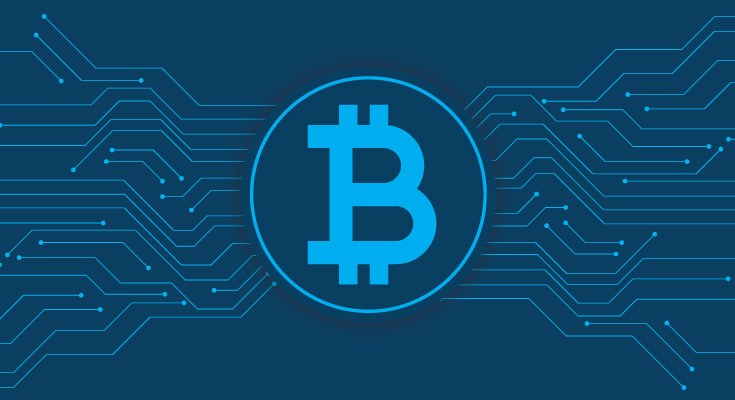All of us have heard the term wire transfer being thrown around in fancy movies and shows. Wire transfer is one of the most popular methods of moving money from one place to another. In actuality, do you know what is wire transfer and how do wire transfer work?
Whether you’re sending the money to family overseas or concluding international business payments, it is vital that you determine if your money is in good hands or not. Wire Transfers are complicated and the more you know about them, the more your business will be safe from the risk of fraud. Businesses need to follow the best practices for wire transfers.
What Is a Wire Transfer?
To put it in simple words, a wire transfer is an electronic method of sending money from one person or business to another business. Using wire transfer, money is transferred from one bank to another one by filling out some basic documents. There are different types of wire transfers and you need to know what are the different types of wire transfers for most efficiency.
How To Send a Wire Transfer?
The easiest way to send a wire transfer is to visit your bank and fill out a form for a wire transfer.
- The recipient’s name and full address
- Branch name of the recipient and full address
- Bank account number of the recipient
- Recipient bank’s BIC/Swift Code
- ABA or routing number if the money is being sent to the USA
- IBAN (International Bank Account Number) if money is being sent to Europe.
What Are The Different Types Of Wire Transfers?
Wire transfers can be of two main types:
- Domestic Wire transfer: Where money is sent from one bank to another one within the same country.
- International Wire transfer: Money is sent to a bank account that is based out of another country.
Domestic and international wire transfers can further be broken down into two categories:
- Intra Bank: In which money is transferred from one account to another one within the same bank.
- Inter-Bank: Money is transferred from an account in one bank to an account in another bank.
How do Wire Transfers Work?
Wire transfers are sent via networks that connect different banks or the same banks. You can think of the network as a middle man between the banks in an electronic money-sending transaction.
They don’t personally handle any money, but instead, they help in sending the international money order from one bank to another one.
Domestic Wire Transfers:
- Intra-Bank: Both the money sender and the receiver belong to the same bank. The bank’s software is instructed to transfer the funds between its accounts or branches. The money is debited from one account and credited to another one.
- Inter–Bank: The one who sends the money and the one who receives the money belong to different banks. The banks are members of a secure, closed network that collects the money and completes the wire transfer by sending it to the desired location. One of the most famous examples of a wire transfer is ACH transactions.
International Wire Transfers:
- Intra-Bank: Some big banks have branches in several countries, and smaller banks have accounts of their own in foreign banks. So even in international wire transfers, both the senders and the receivers can have accounts in the same bank.
The SWIFT network is the network that most banks use for these transactions. This means transactions can be completed without needing any intermediary bank.
- Inter-Bank: Not all banks have their accounts overseas, in this situation, an intermediary bank is used as a middle man. The payment must pass through compliance regulations in the country of the sender, the intermediary bank’s compliance, and the recipient’s compliance. This means inter-bank transactions can take much longer.
Different types of networks can be used for international inter-bank wire transfers. Some common examples based on the region are Canada & U.S (ACH). Europe (SEPA). India (NEFT/IMPS/RTGS).
What is the Cost of Wire Transfers?
It is common knowledge that wire transfers are expensive, on average the domestic wire transfers cost $25 per transfer but the cost can reach up to $35.
International wire transfers are even more expensive, they can cost anywhere from $30-$80, at times can cost even more. The worst part is that the person who is receiving money will also have to pay a fee of $10-$15. Wire Transfers are so expensive because of multiple hidden fees that add up throughout the completion of the process.
What’s The Time Taken by Wire Transfers?
Wire Transfers are slowly becoming obsolete, because of the time taken to complete the process. Now that online transfers have become a norm, there’s no real need for wire transfers.
Domestic wire transfers are said to take just one day, however, they can take more than one business day. When it comes to international wire transfers, it can take 3-5 business days but there have been multiple cases of it taking more than a week. There is a difference in time because wire transfer goes through a domestic network as opposed to international networks that have to clear multiple compliances which adds more time to the process.
Add in the time difference and different opening times of banks in the destination country, it adds up extra hours/days until the transaction is completed.
Are Wire Transfers Secure?
Wire transfers are secure, but not completely secure. As wire transfers need the recipient’s bank account number and a network (SWIFT) code, any errors in entering this information can send the money to some other account.
It can take weeks to recover the money or you may never get it back. If your wire transfer has gone through multiple intermediaries, it may be almost impossible to get the money back. Fraudsters have made their way inside wire transfers, fraudsters can pretend to be a legitimate business and once you transfer money to them, it’s impossible to get the money back. There are some practices that you need to learn how to avoid wire transfer fraud.
Can Only Banks Send Wire Transfers?
Some companies that aren’t banks offer wire transfer services, one of the most used services is Western Union. Some people may think that just because they aren’t using a wire transfer, they’re using a better option, in most situations that’s not the case.
A non-bank-based wire transfer may complete faster, but it will surely cost much more. To make things worse, if you wire a payment to be collected in cash, fraudsters can use identity theft techniques to claim the money.
There are some non-banks or e-wallets that offer digital services where you set up your account which acts as an intermediary between the banks for your wire transfer. PayPal is a common experience that charges a very high percentage of currency conversion while making international payments.
Best Practices for Preventing Wire Transfer Fraud
Companies that rely on wire transfer fraud need to employ best practices to increase company-wide policies designed to increase employee awareness and prevent wire transfer fraud. Here are some of the wire transfer best practices:
- Education is vital, learning about email scams and educating your employees is needed to protect your financial assets.
- Requests for changes, immediate action, or lack of availability by phone should be handled strictly. Employees need to follow the company process.
- Always verify the authenticity of each wire transfer request by using two-factor or multi-factor authentication. Call the person who’s receiving the money, using the same number you used to call before.
- Don’t use email for wiring instructions, use physical methods instead like mail, fax, or a phone call.
- Carefully verify all the emails that request wire transfers. Emails are one of the most common methods of fraud. Before sending the money, you need to verify who is asking for money and why?
- Businesses should use encrypted emails that contain sensitive information.
- If your business insurance policies don’t cover cybercrime fraud, then it’s time to change the policies.
- Following KYC compliance is one way to reduce fraud. While it may take time, if you can conduct KYC on new wire transfers, it can lead to fraud reduction for your business.














